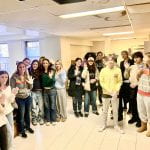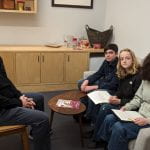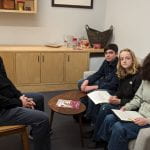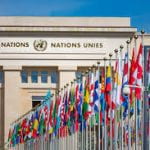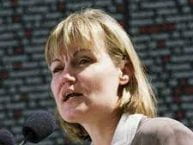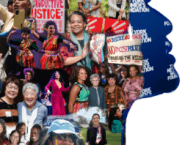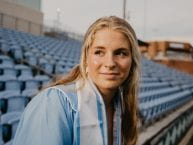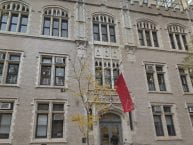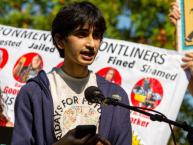On Friday the 26th my group and I interviewed Patrick Markee about what he used to do at the Coalition for the Homeless as a Advocacy and Policy Director. He gave us so much useful information and useful insights and statistics for our project. Patrick went to Harvard University and studied urban planning before moving to New York and working at the coalition for over 20 years. He gave us a full introduction to what he did at the beginning of the interview and an overview of the history of homelessness. He told us that the periods where homelessness was most prominent were the Great Depression as well as the late 1970s and 80s which continue to be a problem today. He said that over the course of a year 130,000 people cycle through the NYC shelter system every year with over one-third of those people being children. He mostly focused and did work with single adults though, going to single adult shelters almost every day at the beginning of his time in the Coalition.
In his opinion he said that the main cause of homelessness is the lack of affordable housing in his words he said that “Musical chairs is the best analogy for homelessness.” He continued this by explaining that there aren’t enough affordable houses just like there aren’t enough chairs. He said that recently there has been so much inflation but not many raises in pay, resulting in more working-class people becoming homeless. We also talked about the process of getting into shelters and how difficult it is to go into the system as well as the bad living conditions. I learned a lot about how people get moved around in shelters as well as how there are worse living conditions than I thought and corruption in shelter systems.

